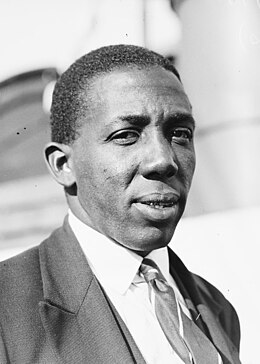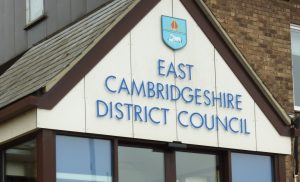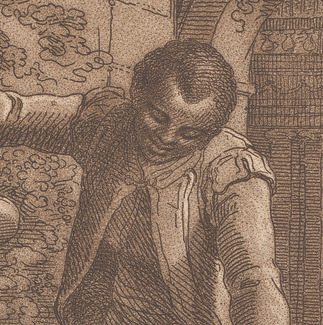
October is Black History Month, so every day during October I will be posting up an introduction to an historical person of colour with a place in the history of the United Kingdom.
Wilfred Wood was Bishop of Croydon from 1985 to 2003, the first black bishop in the Church of England.
Born in Barbados, Wood trained for the ministry there and was ordained a deacon on the island, then in England as a priest in St Paul’s Cathedral, having served as a curate at St Stephen’s Church, Shepherd’s Bush. He spoke out on racial justice, and was elected president of the Institute of Race Relations in 1971.
In 1974 he joined the Diocese of Southwark as Vicar of St Laurence, Catford. In 1977 he was appointed Rural Dean of East Lewisham and Honorary Canon of Southwark Cathedral, then Archdeacon of Southwark from 1982 until his consecration as area Bishop of Croydon in 1985.
Wood was a champion for racial justice, launching several initiatives, serving on committees, and playing a significant part in founding the UK’s Martin Luther King Fund and Foundation.
In 1992 together with the Bishop of Liverpool he co-sponsored a new set of race equality principles for employers, known as the Wood-Sheppard Principles. He was Moderator of the Southwark Diocesan Race Relations Commission, the first of its kind in the Church of England, and also served as Moderator of the World Council of Churches’s Programme to Combat Racism.
In his last years as Bishop of Croydon, Wood protested at the honours given to Enoch Powell upon his death, stating that “Enoch Powell gave a certificate of respectability to white racist views which otherwise decent people were ashamed to acknowledge. In 2000 he argued against the then British government’s and opposition’s negative attitudes to asylum seekers.
Wood was a board member for the local Mayday Hospital for more than ten years, and in 2002 was made an Honorary Freeman of the London Borough of Croydon. He was President of the Royal Philanthropic Society, dedicated to the welfare of young people at risk. He served on the Royal Commission on Criminal Procedure which recommended the establishment of the Crown Prosecution Service, and on the board of the Housing Corporation where he supported local housing associations and promoted black housing associations. A number of housing developments have been named after him.
Wood holds honorary doctorates from the Open University, the University of the West Indies and the General Theological Seminary, New York. In the year 2000 he was appointed a Knight of St Andrew, the highest class within the Order of Barbados “for his contribution to race relations in the United Kingdom and general contribution to the welfare of Barbadians living here”.
Wood retired as Bishop of Croydon in 2002, whereupon he returned with his wife to their native Barbados. He has been blind since 2004.
More about Wilfred Wood at https://en.wikipedia.org/wiki/Wilfred_Wood_(bishop)






